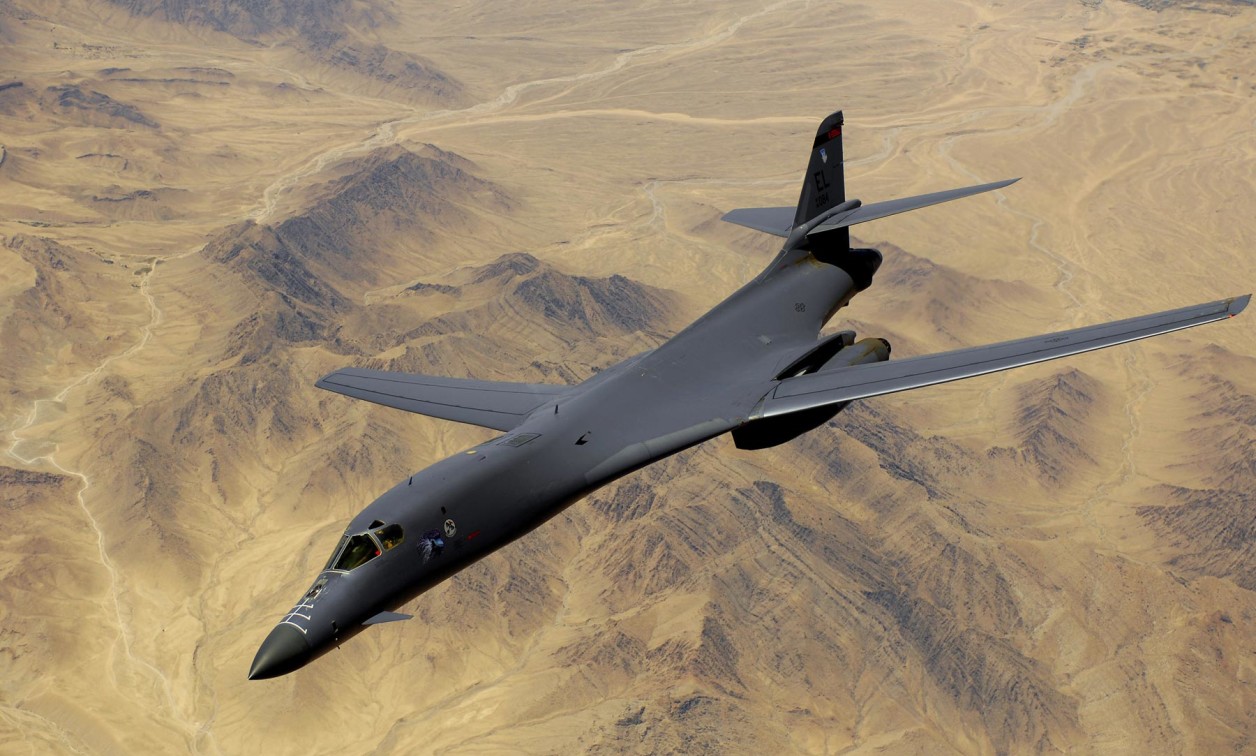B-1B Lancer system to undergo redesign including radiation hardening
NewsOctober 27, 2020

SAN ANTONIO, Texas. The U.S. Air Force awarded Southwest Research Institute (SwRI) a $12 million contract to redesign a B-1B Lancer system with the intent to extend the aircraft’s service life.
The B-1B is a long-range, supersonic bomber, which has served the Air Force since 1986. SwRI engineers will aim to redesign the aircraft’s Fuel Center of Gravity Management System (FCGMS), which tracks fuel data and usage, controls fuel transfer to the aircraft’s four turbine engines, and calculates corrections to the bomber’s center of gravity as fuel is depleted, according to officials.
The redesign was announced on the heels of the Air Force's plans to use the aircraft through 2040 and beyond. SwRI’s form, fit, function and interface (F3I) redesign of the FCGMS will intend to ensure the system is capable of supporting the aircraft’s next phase of service. The Air Force claims that an F3I redesign updates a subsystem, allowing it to be inserted into existing technology without impacting overall system operations.
According to the Air Force, The B-1B FCGMS overhaul will include a redesign of various system components, including the intermediate device chassis, power supply, assembly of multiple interface module circuit cards, and radiation hardening.






